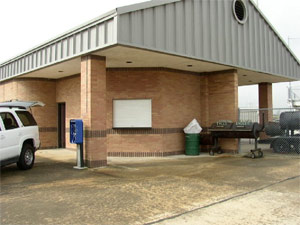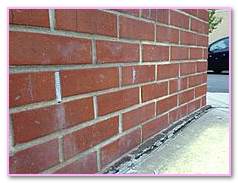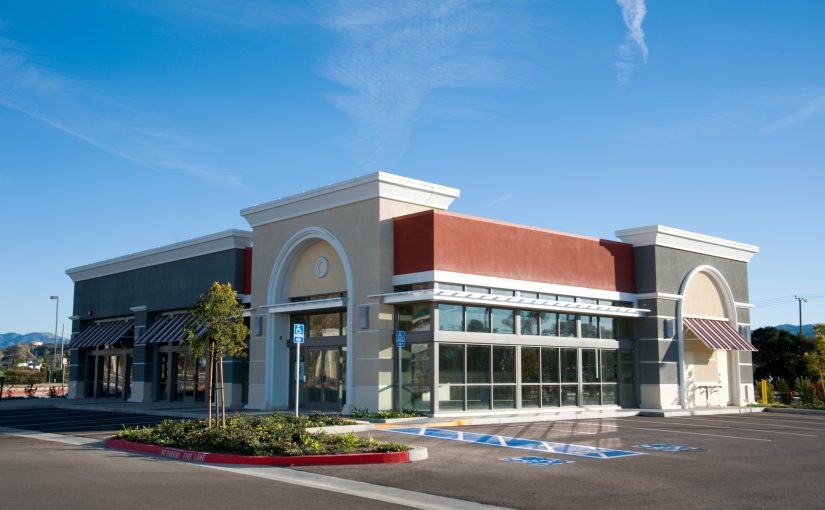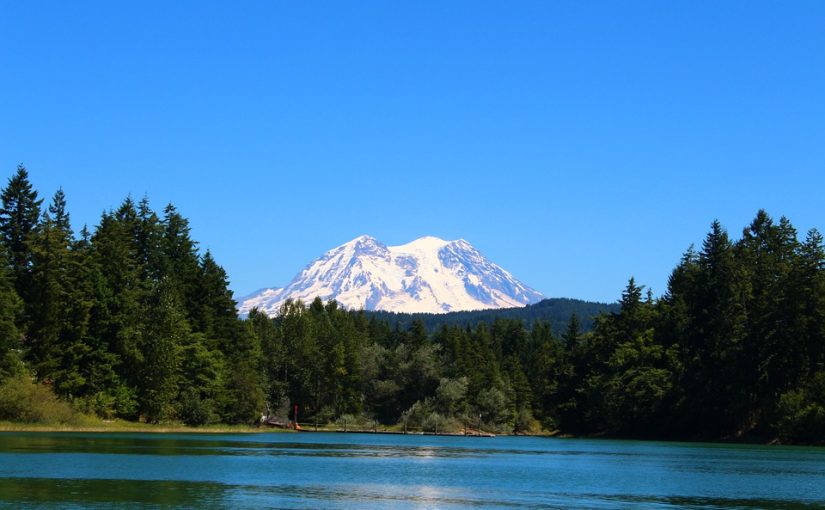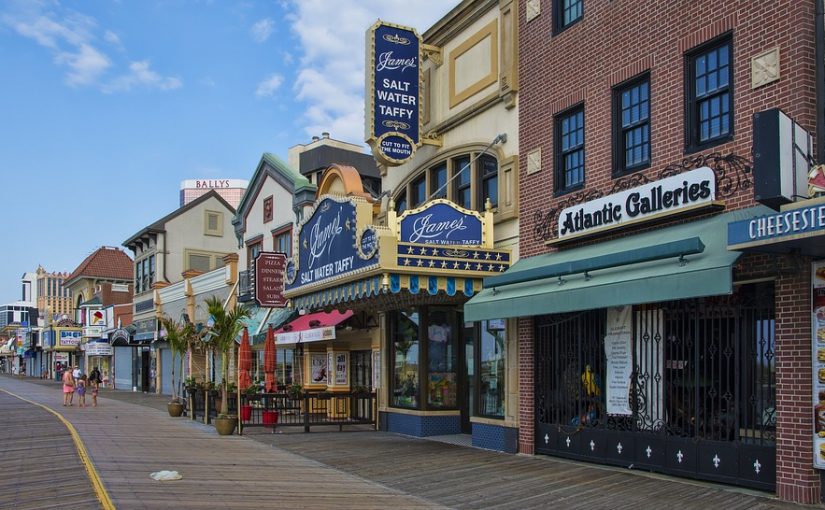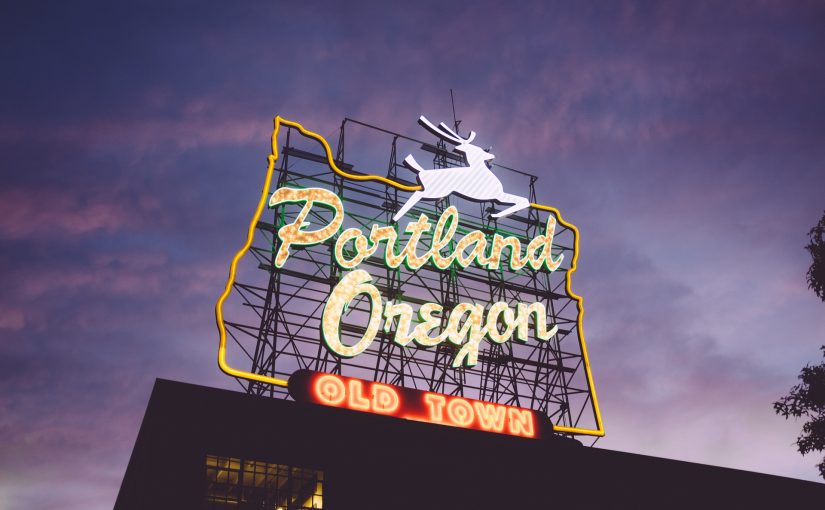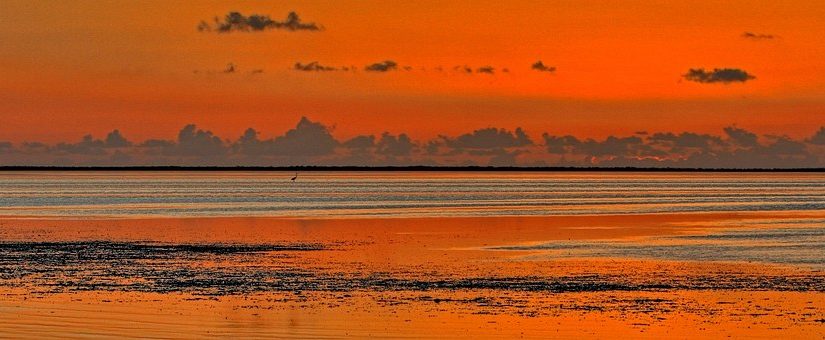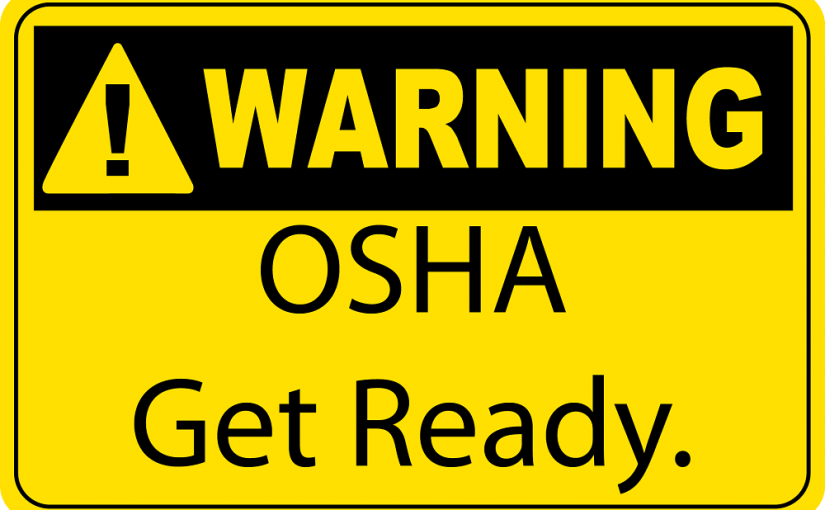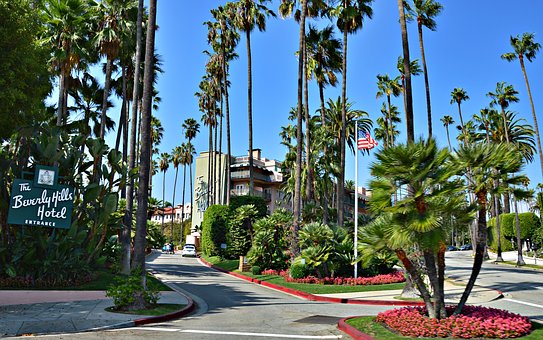5 Common Areas for injuries among Masons and tips to prevent each risks.
Joisted Masonry is an industry that deals with construction and repair of exterior walls made of brick, concrete, concrete block or stone. The roof, floors, and their supporting joists, beams, and columns are combustible wood construction. Employees who engage in these activities work at an elevated amount of risk of injury. Preparing a business
5 Common Injuries of Joisted Masonry Employees
Lower Back Injuries
People who work in the joisted masonry industry are constantly using their backs in difficult positions. Preventention of lower back injuries starts with providing employees with proper safety gear, monitoring their use of said gear, and focusing on posture when lifting heavy objects.
Skin Irritations
Masons are exposed to a number of dangerous chemicals. Continual wetting and drying of the skin, as well as handling some particular substances will cause the skin to dry out, flake, split and crack. Dermatitis is the most common cause of occupational contact dermatitis. According to the Mayo Clinic, “Dermatitis is a common condition that has many causes and occurs in many forms. It usually involves itchy, dry skin or a rash on swollen, reddened skin. Or it may cause the skin to blister, ooze, crust or flake off”.
Falls from Height
According to OSHA, “Falls are among the most common causes of serious work related injuries and deaths”. These types of injuries do not happy frequently, but when they do they are often severe. Having a plan to keep employees healthy at height and making sure all employees are executing that plan is the best way to prevent catastrophic injuries from occurring.
Exposure to Flammable or Combustible Material
In order to prevent unnecessary exposure to chemicals it is important to segregate and store incompatible chemicals separately. If there are chemicals that are not used frequently, store them separate from tools and equiment that is used on a daily basis. Tell your employees what is and is not harmful. If at all possible use chemicals that are not dangerous to your employees whenever possible.
Exposure to Electricity
Electricity is the second lead of cause of death in the construction industry behind falls from height. In the construction industry, more than 600 deaths occur annually and more than 30,000 non-fatal shocks occur each year. Masonry businesses can prevent this from occurring by properly training and adequately supervising all staff when electricity might be a risk.
4 Tips to Creating a Culture of Safety at your Masonry Business
Plan ahead and prepare
For any safety plan, the first step to creating a culture of safety is to plan ahead and prepare. Once a business takes the first step to prepare for safety, the business is well on its way towards creating a safety plan that will work.
Create a safety plan and follow it
Now simply having a meeting and announcing that safety is a concern is not enough. Creating an actual plan that addresses the truth risks your employees face is the best way to implement a safety plan. Talking long and honestly with multiple stakeholders about the actual problems the employees face is a great way to determine what you need to address.
Get employee involvement in the creation of the Safety Plan
After a business determines what risks the employees face, the business must next determine how to address those risks. Getting involvement from employees at all levels of the organization is the best way to coem up with the ultimate safety plan. Involving low level employees as well as mid-management is crucial to get buy-in from all levels. Employees will be more eager to focus on the safety plan if they believe they are part of the process of creating it.
Create a safety committee
Creating a safety committee is a great way to continually evaluate the successes and failures of the safety plan. This committee should have employees at all levels of the organization in order to get buy in throughout all levels of employees. regular keetings of this committee are necessary in order to address any and all problems that arise.
